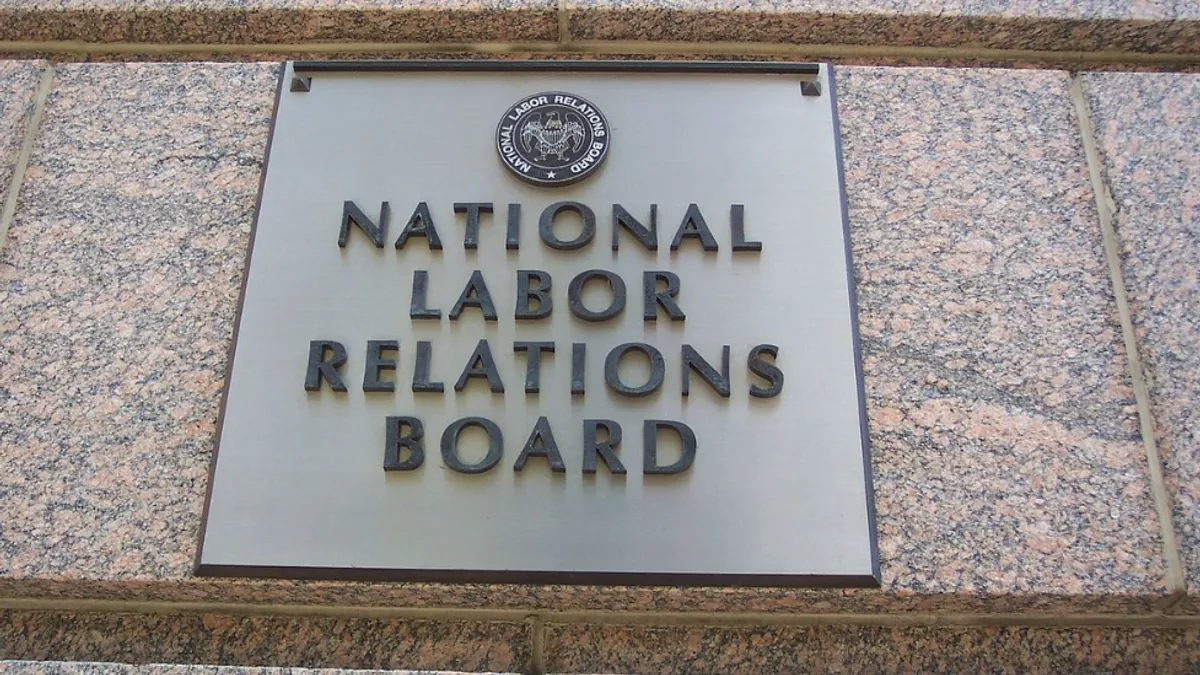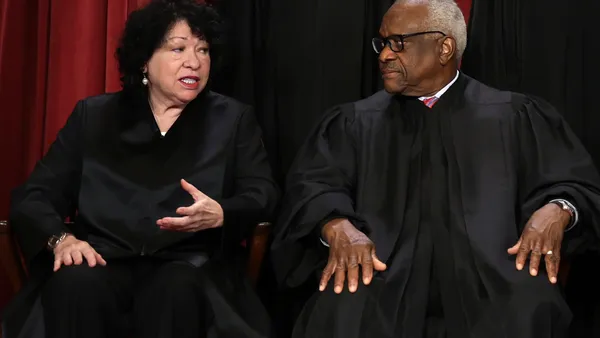In the next few weeks, a key ongoing National Labor Relations Board case is slated to be heard: The Teamsters are involved in a case against CEMEX Construction Materials Pacific LLC, with allegations of retaliation, discipline and discharge regarding concerted activities — along with coercion via threats and benefits bribes.
As union action, discourse and attention heats up, many attorneys and legal analysts suspect that General Counsel Jennifer A. Abruzzo seeks to breathe new life into the Joy Silk doctrine. Last year, she urged the board to do just that.
So named after a 1949 case involving Joy Silk Mills — decided about a decade and a half after NLRB was established — this revived precedent would allow unions to be formed by a majority of workers filling out cards of support, eliminating the need for formal union elections. Employee advocates indicate this could undercut conflicts such as captive audience meetings, used to deter union-related elections.
Abruzzo’s first memo laid out priorities for her NLRB, mainly re-examining the legality of employer handbook rules, religious institution jurisdiction and confidentiality clauses in separation agreements. Additionally, Abruzzo’s memo mentioned re-defining protected concerted activity.
Her 2023 update confirmed her belief that the previous iteration of NLRB had overturned a pre-existing “appropriate balance between the rights of workers and the obligations of unions and employers.”
Meanwhile, the future participation of Gwynne Wilcox, a current Democratic board member, hangs in the balance. Wilcox’s NLRB term ends Aug. 27, as listed on her board page, and the Senate has failed to vote on her renomination prior to Congress’ summer recess. Abruzzo’s pro-union stance has been called “aggressive” by some employment law practitioners and as election season gears up, the political makeup of the board could soon evolve.














